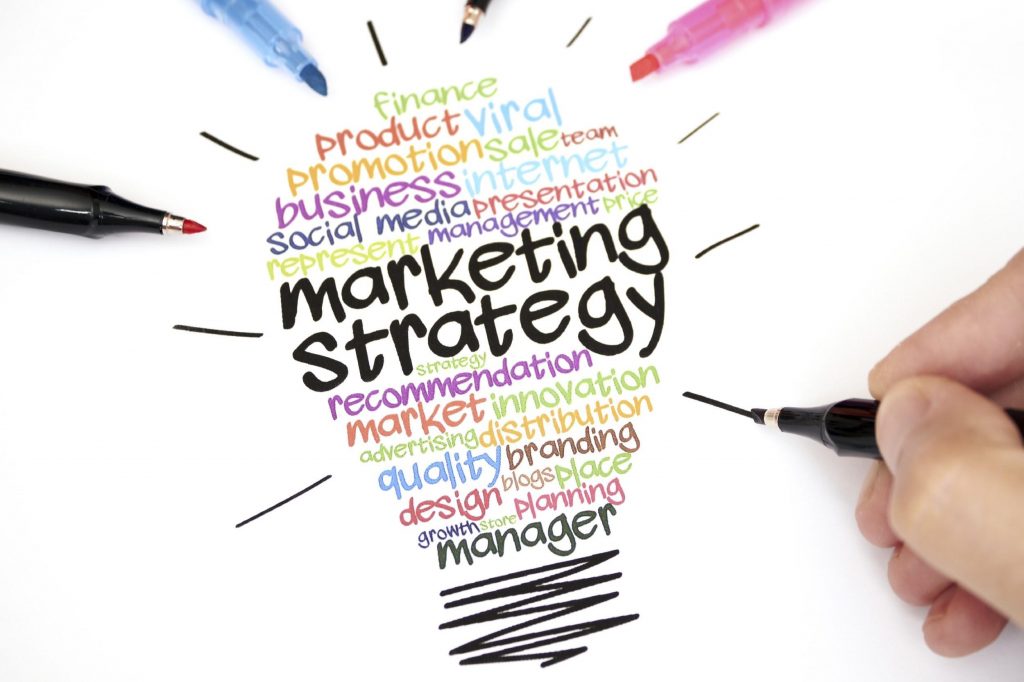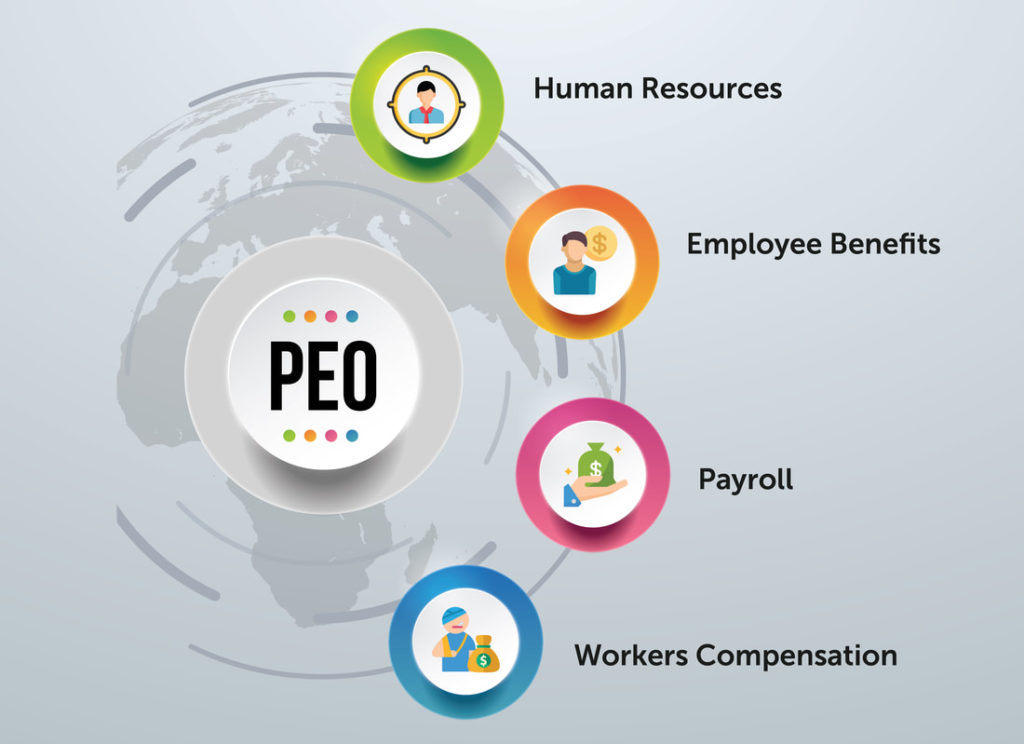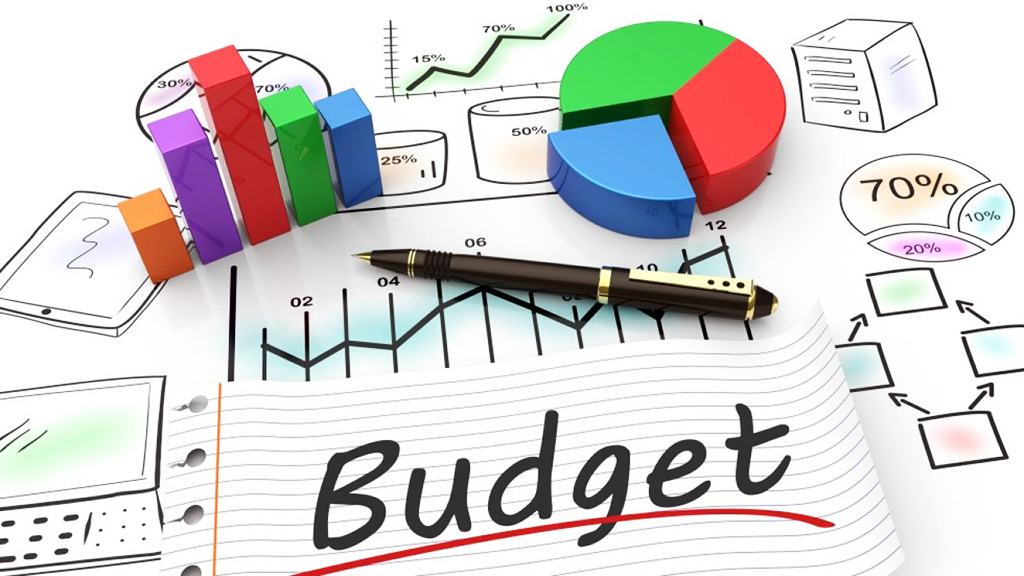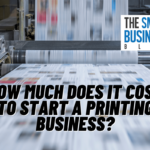Every small business faces logistical, financial and industry-specific challenges that test the ability of entrepreneurs and employees in a variety of facets. To overcome these challenges, businesses must be prepared with a series of comprehensive business plans that allow for gradual – or in some cases, rapid – adaptation to the economic realities of the 21st century.
Whether it be implementing new technology or responding to massive disruptions within an industry, the strain and stress this can create on people and profits alike are often understated. To compensate for these eventualities, entrepreneurs must be prepared to enact positive forms of disruption that safeguard people, budgets and market share.
Reducing overall expenses without impacting performance is a prime objective for small businesses. As such, we’ll examine five practices in particular that can achieve this goal.
Post Contents
1. Optimize Marketing Strategies

Small businesses and companies that are not well-known by the general public rely upon marketing strategies to achieve viability, market share and overall success. A combination of traditional and digital marketing strategies may be used depending on the exact type of business, but not all marketing strategies are equally efficient when balancing cost, reach and persuasion.
Most small businesses will reach a point of saturation with regard to marketing strategies aimed at raising brand awareness and recognition. Instead of continuing to focus on simple brand impressions, efficient marketing will pivot these resources toward lead generation. While the cost for each lead may be substantially higher than a simple impression cost, the true cost (whether measured by cost per lead, cost per sale, etc.) will generally be lower due to increased efficiency.
Small businesses also should definitely invest in digital marketing solutions. Even for businesses operating in locally-exclusive markets, digital marketing through search engines, social media and even email can substantially reduce the cost of an impression when compared to mail, print and mass media advertising.
2. Utilize PEO Services

Many small business owners may be asking, “what is a PEO”? To truly understand what is a PEO, it’s vital to understand the core tenets of outsourcing and temporary labor. PEOs are professional employer organizations: they assist businesses in reducing or eliminating outright the need for various internal departments and services. These include payroll, human resources, tax and accounting services, and legal assistance.
Rather than hiring dedicated employees to provide these tasks, PEOs allow small businesses to connect with qualified professionals in these areas and utilize their services. PEOs technically employ the individuals that small businesses use, assigning them to perform the daily, weekly or otherwise periodic tasks needed by a small business. Depending on the service, PEOs can save small businesses substantial overhead and labor costs.
This form of outsourcing helps eliminate budget expenses for otherwise vital services while still ensuring quality performance. To learn more about what is a PEO and how it can help you, check out GlobalizationPedia – they provide tons of information about how PEOs work and what processes are required in a variety of countries to use such services. They also can help small businesses connect with PEOs that are ideal for their needs.
To learn more about PEOs, visit https://globalizationpedia.com/what-is-peo-how-peo-works/.
3. Create Vendor Competition
Various supplies and materials are an inevitable need for small businesses. Most small businesses use multiple vendors to source these items on a regular basis, and may even have agreements or contracts for various services. However, your business may not be getting the best deals on these much-needed supplies.
Many vendors are willing to negotiate or lower prices for supplies if they know your small business is in the process of re-evaluating vendor relationships. While this may not be a successful prospect in the case of every vendor, many are willing to provide meaningful discounts on an array of products and supplies if they can maintain your business.
4. Invest in Energy-Efficient Infrastructure

Small businesses with dedicated physical commercial space spend more on energy than some realize. According to government estimates, the average small business in the US consumes approximately 15 kWh per square foot annually in electricity (and 38 cubic feet of gas); the average small business annual energy bill in 2019 was approximately $3700.
How can businesses trim their budgets with regard to energy? Several options exist, including the following:
- Install programmable thermostats
- Check seals in windows, around doors and air vents
- Utilize smart devices to automatically power down non-essential lights, appliances and devices after business hours
- Minimize paper consumption
Combined, just a few simple energy efficiency improvements can save hundreds of dollars every year.
5. Embrace the Gently Used
Last but not least, many small businesses feel the need to purchase new equipment, furniture and various devices when they are required. However, embracing gently used equipment and items can be a huge cost-saving measure.
While specialty items may not be procurable, various items can be found through a variety of local resale and second-hand stores. This includes items such as office furniture and equipment most notably, but even items such as clothing may be useful in select circumstances.
Additionally, pre-owned business vehicles are generally a much better investment than buying new. Given the rate of depreciation of auto value, you don’t want to spend big for a vehicle that can be found for less.
Some expenses simply cannot be avoided. However, there is a variety of tiny to moderate changes that small businesses can make in their budgetary processes in order to trim expenditures and ultimately turn that potential red ink into black.






























